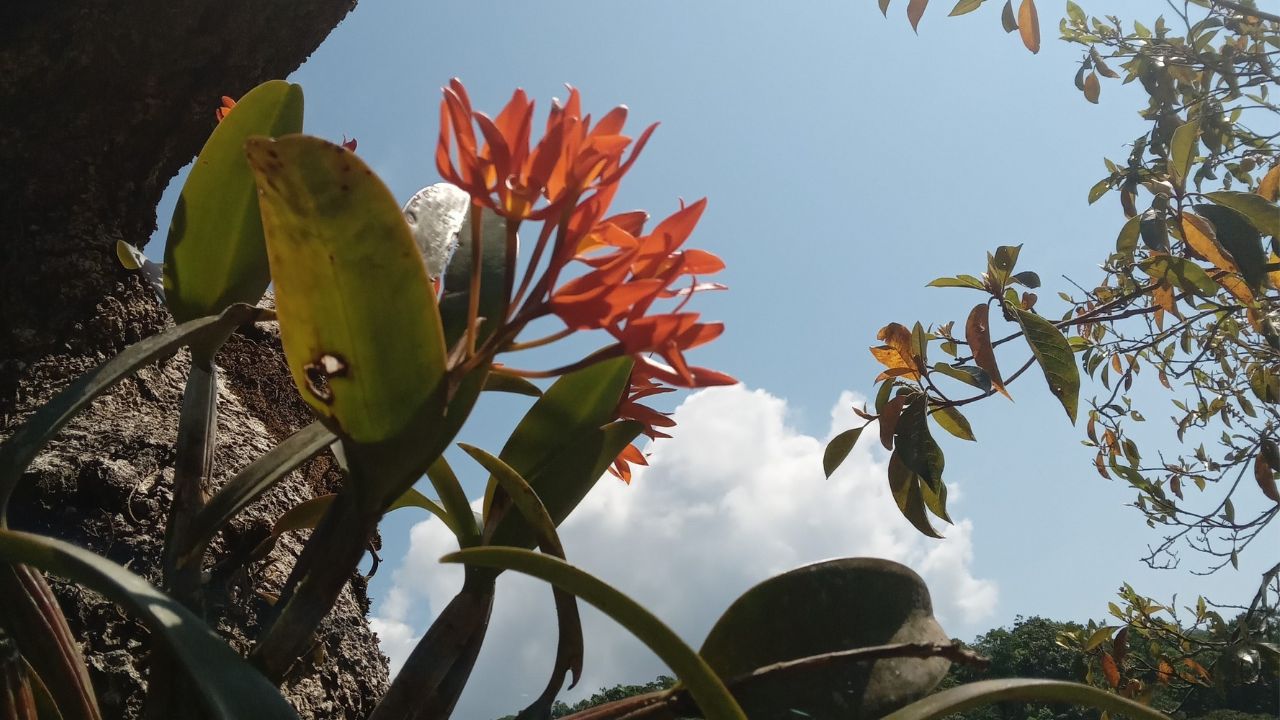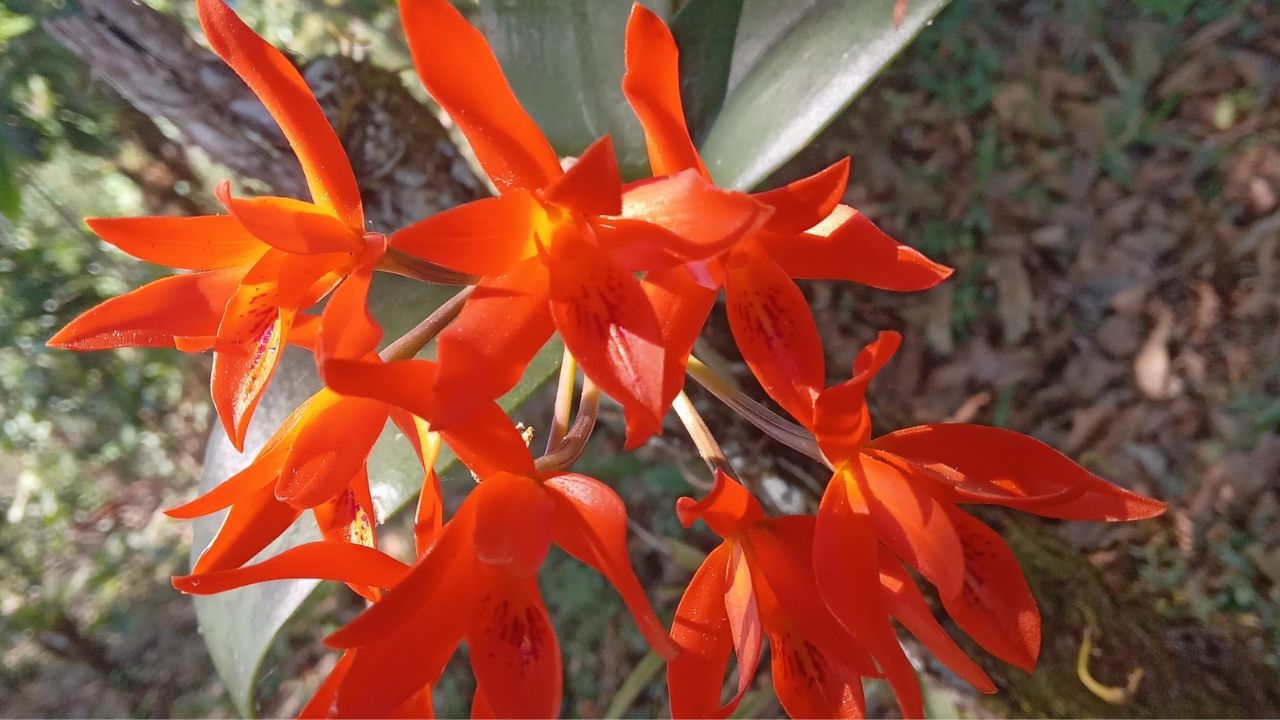Cattleya aurantiaca is a species of orchid found in Central America, and in a few parts of South America. It is characterized by its showy orange or orange-yellow flowers and its fragrance that is sweet and intoxicating. This species is appreciated for the beauty of its flowers and is commonly grown as an ornamental plant in orchid collections. Here I present the care and information about Cattleya Aurantiaca:
Distribution of Cattleya Aurantiaca:
The exact distribution of Cattleya Aurantiaca is mainly in Central America. It is found in much of Mexico, Guatemala, El Salvador and Honduras, and also Nicaragua. It is also found in some other parts of South America.
Habitat:
This species grows from approximately 300 to 1600 m above sea level. It lives relatively exposed, forming colonies mainly as an epiphyte (growing on trees), in humid tropical climates of high and low mountains, as well as in tropical pine forests, and in the case of central and northern Mexico, where trees such as cedars, cypresses, and willows grow.
Description:
Cattleya aurantiaca is an orchid that is epiphytic and produces pseudobulbs that are cylindrical, the leaves are lanceolate and dark green. It usually grows in colonies of several individuals when they have been in that place for a long time and there is room to spread.
Flowers:
The flowers are large, showy and fragrant, with mainly deep orange petals and sepals, and some are orange-yellow. The lip is generally darker and may have a dotted or striped pattern. The flowers emerge from an erect flower spike that at the tip divides into several divisions where each one produces a flower. The flowers can last several weeks.
Reproduction of Cattleya Auratianca:
By Seeds:
The seeds can be collected from the mature capsules and sown in a sterile culture medium. This method is slow and requires precise conditions for the growth of the seedlings, which is why it is not used as much.
By Division:
When the mother plant develops new pseudobulbs, these can be carefully separated and planted separately to form new plants.
By Keikis:
Some Cattleya species, including Cattleya aurantiaca, can produce keikis, which are small daughter plants that arise on the stems or pseudobulbs. These can be separated and planted to propagate this Orchid.

Growing Cattleya Aurantiaca:
Overall, this orchid is considered moderately easy to grow, but they do require some care to thrive and bloom optimally.
Watering:
Allow the substrate to dry out slightly between waterings, avoiding waterlogging. During the active growing season, only water when the top layer of the substrate is dry to the touch.
Lighting:
This plant prefers bright but indirect sun exposure. Place it where it will receive bright light, but avoid direct sun exposure during the most intense hours of the day, especially in hot climates.
Feeding Cattleya Aurantiaca:
A balanced orchid fertilizer diluted in water should preferably be applied every two weeks during the growing season. Fertilization should be reduced during winter dormancy.
Temperature of Cattleya Auratianca:
It prefers temperatures that are between warm and intermediate. During the day, the ideal temperature is between 20-28°C, with nighttime drops of about 10-15°C. It should not drop below 5°C.
Substrate:
Use a substrate that is well drained, which allows water to flow easily. You can opt for a mixture of pine bark, charcoal and perlite. It is necessary that the substrate has tree bark since, as it is an Epiphytic Orchid in its natural habitat, it only grows on trees, so we will imitate it as if it were on a tree with the pine bark.

![]()
